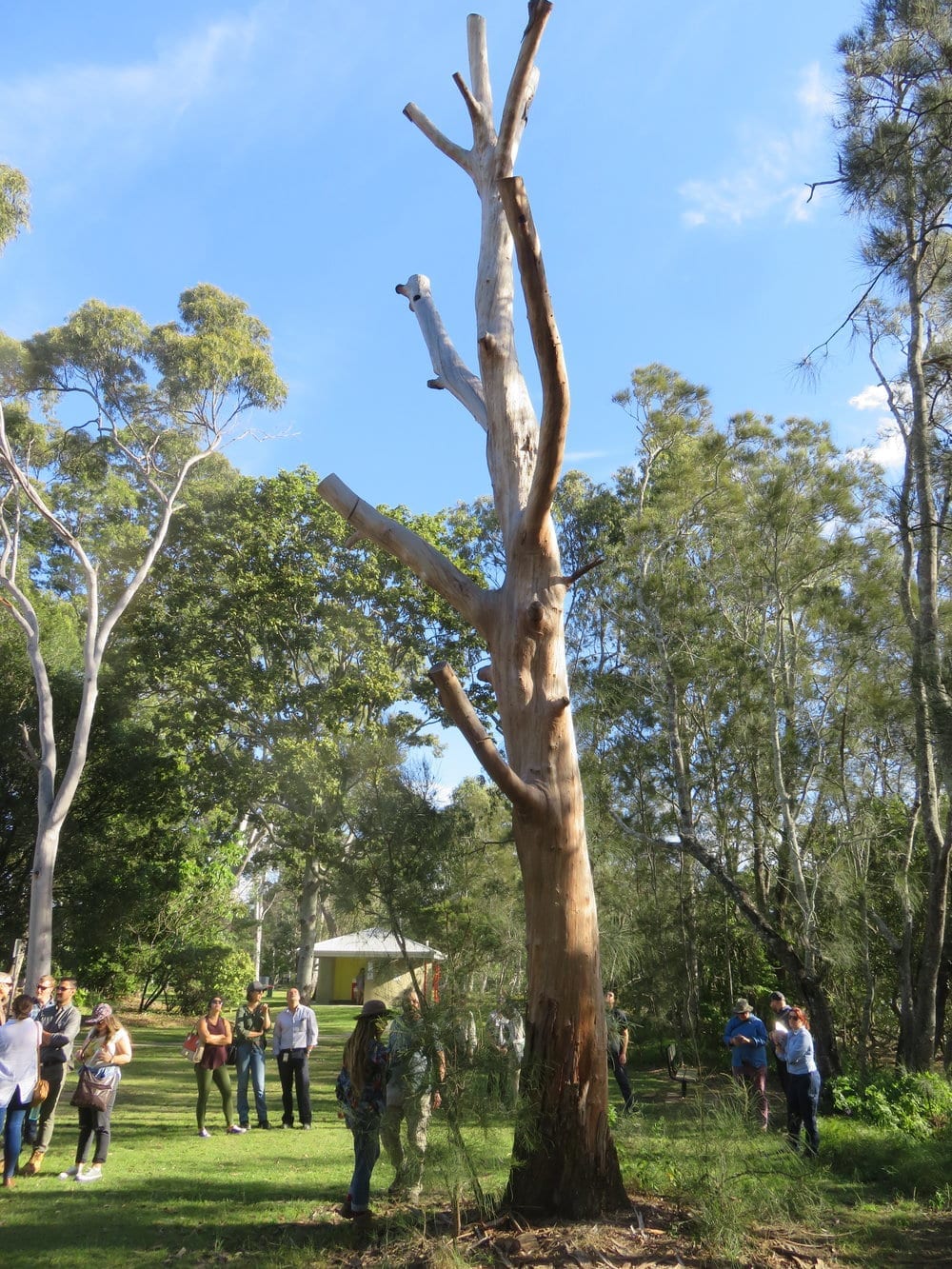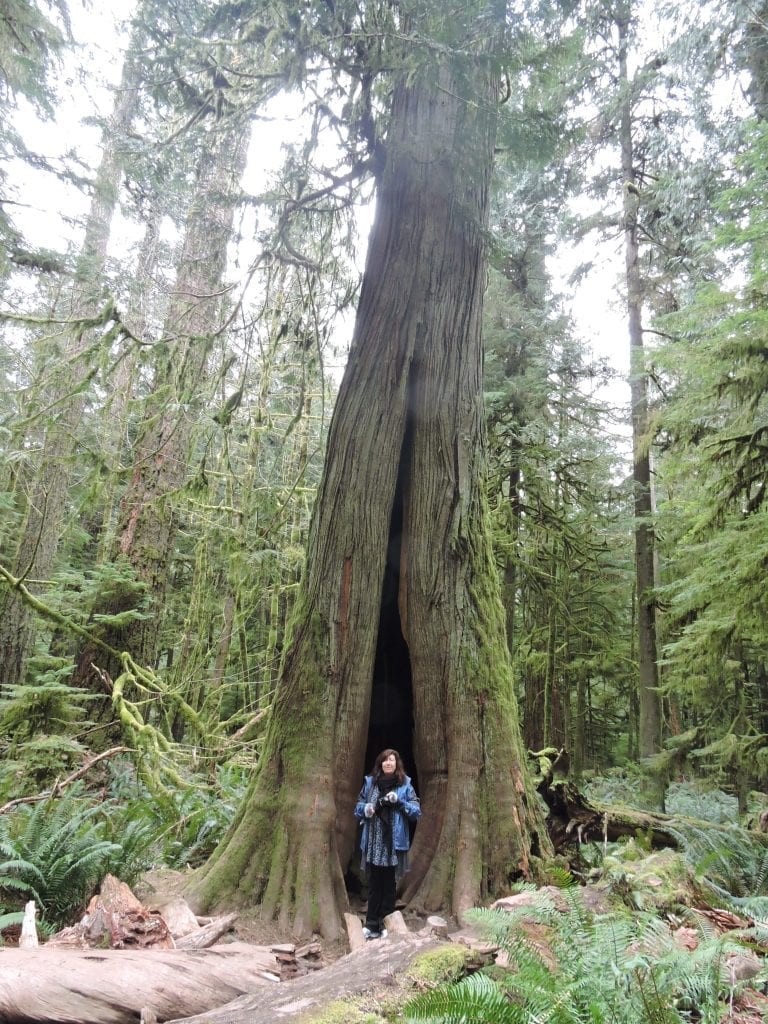National Parks
Our Remarkable OLD Trees Part 2
Veteran (very old) trees are important components of many ecosystems and landscapes. In Part 1 we discussed their environmental values and unique characteristics, as well as their cultural values and benefits. Part 2 will focus on the survival strategies employed by these ancient flora representatives and the range of management actions that will assist their continued survival.
Survival Strategies
Veteran trees are survivors and often show scars of a dramatic life. These veteran and ancient attributes that we usually associate with decline or poor health, reflect strategies that allow trees to survive for many decades or centuries, providing stable habitat structures and a resilient source of genetic provenance. Some of those strategies include:
Crown retrenchment
As a tree ages it accumulates more and more dysfunctional tissue which imposes limitations on the vascular transport of water to the canopy peripheries. By slowly withdrawing stored carbohydrates from upper and outer branches and concentrating growth of new shoots within the lower canopy, the tree becomes shorter and more stable. It allows the tree to conserve resources in stressful situations and to avoid catastrophic failure from excessive wind loading. If trees are to stay standing for a long time then they need to retain as much of the lower and internal branches as possible; they are the tree’s superannuation pension and may be the primary crown when the tree has retrenched or lost its upper canopy.
Coppice growth from lignotubers and root suckering
Coppicing from lignotubers can often be seen in mallee trees used for firewood or eucalypt oil production. There is one population of Meelup Mallee (Eucalyptus phylacis) in Western Australia which is composed of 25 genetically identically cloned trees. The trees are estimated to be between 6,380 and 6,600 years old. Coppicing from roots of ancient trees is best exemplified in Antarctic Beech (Nothofagus moorei) trees at Springbrook National Park where the oldest coppices are estimated to be over 3,000 years old.
Adventitious roots for self-layering branches
Tasmania’s Huon Pines (Lagarostrobus franklinii) are thought to be Australia’s oldest trees. By layering their branches they can vegetatively reproduce, as seen in a stand at Mt Read that has continued to survive in the absence of female trees. The Mt Read stand is believed to be more than 10,000 years old, although no individual tree is more than 1,500 years old.
Shoots from epicormic buds
Another survival strategy for veteran trees is the production of new shoots from epicormic buds located just below the bark surface along tree trunks.
All these strategies can assist the tree to survive indefinitely in a changing landscape subject to adverse weather and catastrophic events. Over an extended lifetime, a tree may go through several cycles of reduction and regeneration.
Management Considerations
Retaining and protecting old trees should be part of every national park management plan, but because these trees often occur in inaccessible locations, very little management is usually carried out. Management strategies should include minimizing disturbance around the trees and making any necessary changes slowly. Management should include:
Protection of root zone
Like all plants, the root zone of veteran trees should be carefully managed to ensure continued survival. If an old tree is located in a cleared area the ideal root protection zone can be determined by applying the Australian Standard AS4970 Protection of Trees on Development Sites, equating to a radial distance of 12 X stem diameter at breast height (DBH), as roots usually extend well beyond the tree canopy.
The root zone can also be protected by the application of mulch. Mulch will help suppress weed growth, regulate soil temperatures and moisture levels and promote soil biodiversity. However, it must be free of pathogenic fungal inoculum and other diseases. Only mulch from within the local environment near the veteran tree should be used. Weed mats, geotextiles and similar erosion control fabrics should be avoided as they can hinder nutrient recycling in the rhizosphere (the root zone below ground level).
Weed control
Weed control around old trees may be necessary if the plants are affecting the tree’s growth or if they are declared invasive weeds. Any removal should be done slowly to reduce soil impacts which may affect soil moisture or dramatically increase direct sunlight reaching the tree, causing dehydration or sunscald.
It is best to undertake these works slowly. Large woody weeds may need to be left in situ, gradually reducing their canopies over several years. Within the root zones of old trees it is preferable to avoid spraying herbicides because they can directly damage the tree’s roots and soil ecosystems, and spray drift is very difficult to control. Cut-and-paste, frilling, wicking, or hand-pulling are the preferred methods.

Plan works around them
One important aspect is the selection of appropriate species to plant when revegetating the area immediately surrounding the veteran tree. Plants should be chosen and planted to maintain appropriate canopy separation and maintain solar access to all levels of the established canopy. New trees planted too close may compete and shade out the old tree’s canopy, accelerating its decline.
It may also be appropriate to remove younger trees to benefit the continued growth of an old tree, if shade and competition are a problem. This haloing practice should be viewed as a long term project in which changes are made slowly. Finally, planning should include the siting of any new landscape features such as paths, tracks or structures so that they are kept well clear of the veteran trees being managed.
Fencing near tracks and roads
Veteran trees located near tracks and roads can be protected from human and vehicle risks by fencing. Ideally, any tracks should be located 15 X DBH (of the veteran tree) or five metres beyond the tree’s drip-line.
Popularly visited trees
Veteran trees that may be popular tourist attractions need to be managed carefully to ensure the safety of visitors. People may need to be kept away from the base of the tree and from under the canopy by appropriate fencing or the installation of fenced boardwalks (e.g. Curtain fig boardwalk).
Summary
Veteran and ancient trees contain the genetic material from the forests that were cleared during European settlement. These very old trees have seen the landscape change and withstood disastrous climatic events during their lives. Protection and management is our responsibility whether these trees occur on farms, in council parks or in national parks. They should be considered as national treasures and conserved.
Veteran Tree Group Australia (VTGA) (www.facebook.com/Veteran-Tree-Group-Australia) organises workshops and has expert information about veteran trees and their management.


